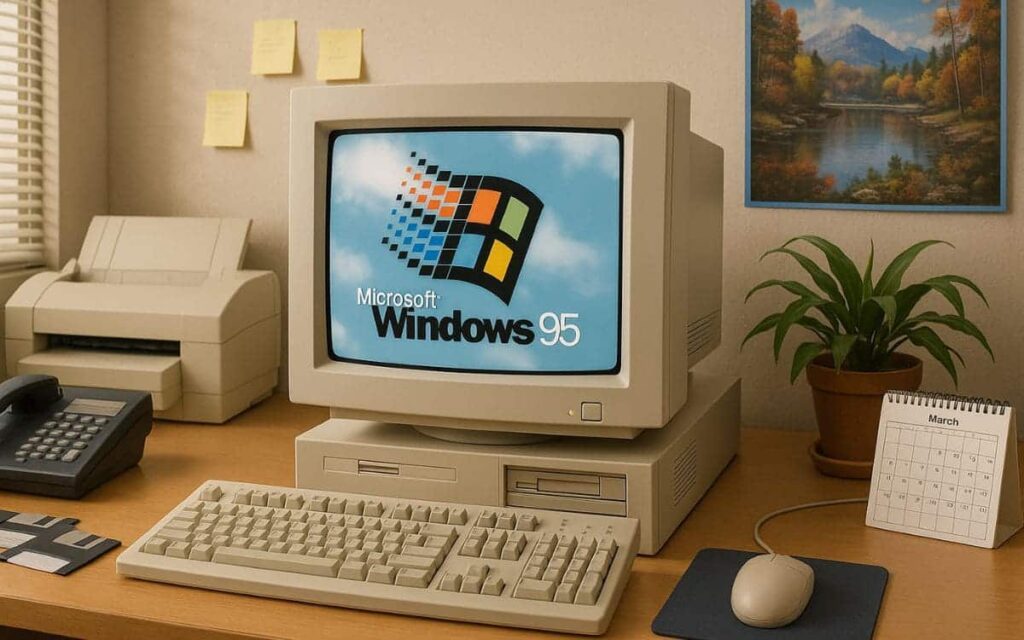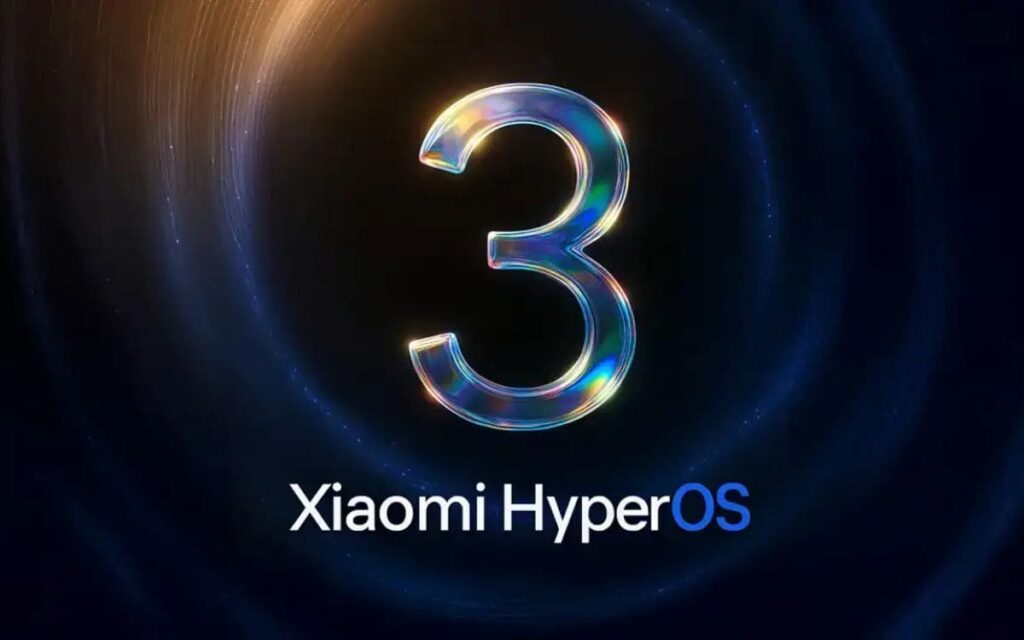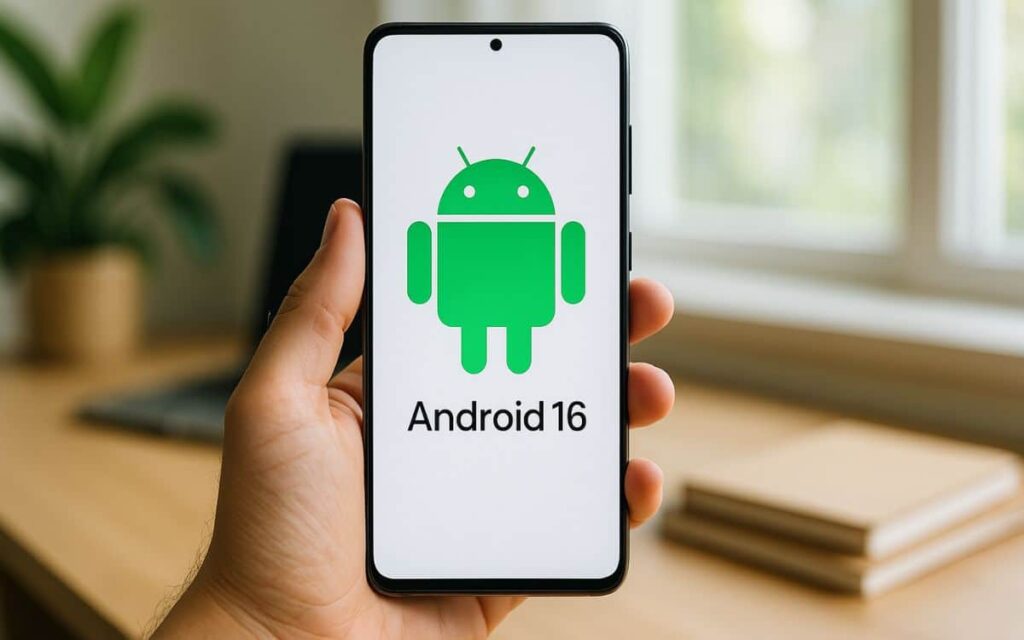Windows 95 celebrated its 30th anniversary on August 24th. Its launch marked a true revolution in user experience. Microsoft took a significant risk, and its marketing efforts paid off. But what made this operating system so impactful? Here’s everything you need to know.
As Windows 11 finally establishes itself against Windows 10, let’s take a look back. It’s August 24, 1995, and Microsoft launches Windows 95 at midnight. During a public event, stores opened their doors overnight, leading to hundreds of thousands of copies sold, with millions flying off the shelves in the first four days.
Why Windows 95 Was a True Revolution at Its Launch
For a long time, Windows 95 was famously said to cost 99 dollars. However, this was a transitional strategy by Microsoft, which officially set the price at 209.95 dollars for the full version and 109.95 dollars for upgrades. Retailers often offered discounts around the 99-dollar mark, leading to the enduring myth of Windows 95 costing less than 100 dollars, even though it wasn’t officially the case.
Substantively, Windows 95 represented a revolution that justified the media frenzy. It introduced features like the Start button and taskbar, as well as Windows Explorer to replace File Manager. Furthermore, this operating system facilitated the adoption of Win32 applications and supported long file names through VFAT, finally removing the limitations of the 8.3 format. Additionally, Microsoft integrated Plug & Play to minimize manual resource configurations.
Marketing at the Center of Microsoft’s Success with Windows 95
Marketing played a crucial role in the success of Windows 95. Microsoft’s intention was to provide a grand platform for this game-changing operating system. A keynote took place on the company’s campus featuring the ad campaign “Start Me Up.”
However, Windows 95 wasn’t without its flaws. For example, the operating system did not include a native browser. Internet Explorer 1.0 would come later in the Microsoft Plus! pack. Additionally, the software was made available both for download and through OEM editions. Fortunately, Microsoft quickly addressed this issue. However, antitrust debates arose in the late 1990s.
Within a year, Microsoft sold 40 million copies of Windows 95. This rapid adoption far exceeded expectations, as the operating system transitioned from being a simple update to a standard for the general public, both professional and private users alike.




